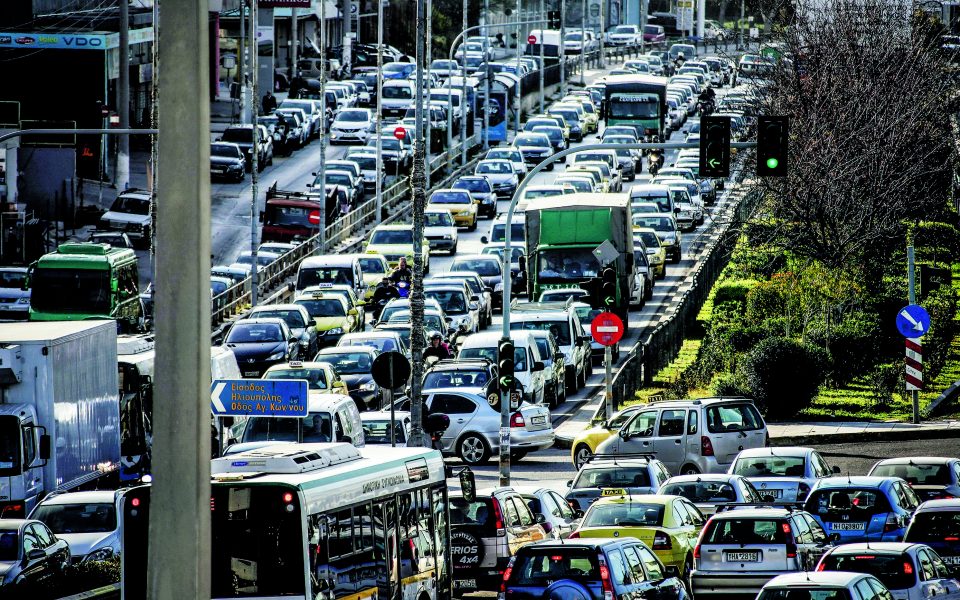Demand for fuel stays strong

Is demand for fuel flexible or not? Can’t even an explosive increase in prices, such as that experienced by consumers in Greece in recent months, since Russia invaded Ukraine, reduce consumption significantly? The data that are arriving every month at the Finance Ministry show it can’t, at least for now.
With the average price of unleaded gasoline at 2.4 euros per liter and the corresponding price of diesel having climbed above €2 euros/lt despite the state subsidy, the excise tax figures show enormous resistance to consumption.
In April 2022, revenues from excise duty on diesel amounted to €116 million. In the corresponding month last year, they had earned €113 million. If the 2021 consumption is not indicative due to the restrictions on travel imposed due to the pandemic, comparison with 2019 also shows an increase, as three years ago (before the pandemic started) revenues had amounted to €110 million.
As for gasoline, in April 2022 the excise tax of €0.70/lt fetched €159 million, from €142 million in 2021 (given that Greeks could not go to the countryside in Easter 2021), while in 2019 receipts were €171 million.
Excise duty receipts are a safe way of measuring consumption, as since the tax is levied at a fixed amount per liter on both diesel and unleaded, any change in revenue either up or down can only occur from the change in sales volume.
The execution of the budget in May showed the ministry that the picture of slightly reduced sales of unleaded compared to 2019 and stable or slightly increased sales of diesel continued last month.
The long-term consumption data of the Hellenic Statistical Authority confirm the relative stability of consumption under normal conditions.
In 2015, 2.35 million metric tons of unleaded, 105,000 tons of super-unleaded, 2.5 million tons of diesel and 485,000 tons of LPG were purchased: a total of about 5.45 million tons or 5 billion liters. In 2019, sales were 5.66 billion liters, an increase of about 4%.
Obviously there have been changes in the various fuel categories, but this is attributed to consumer habits.





